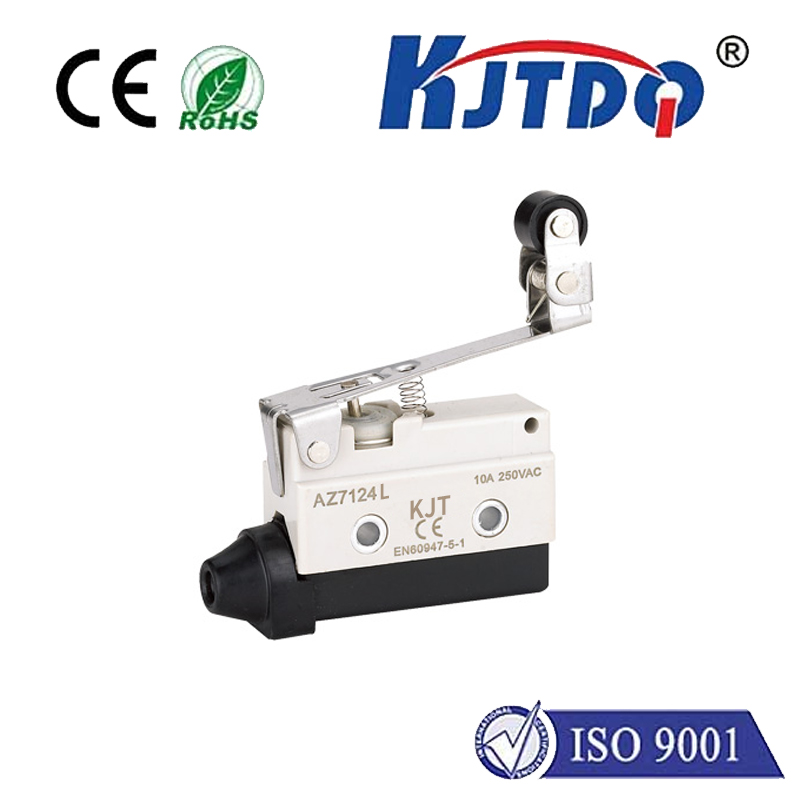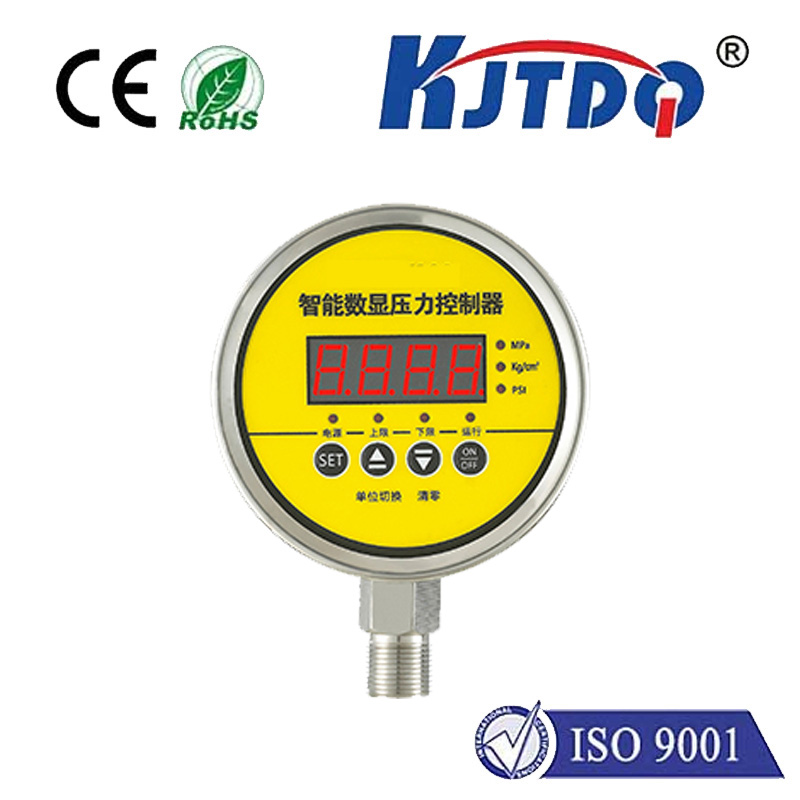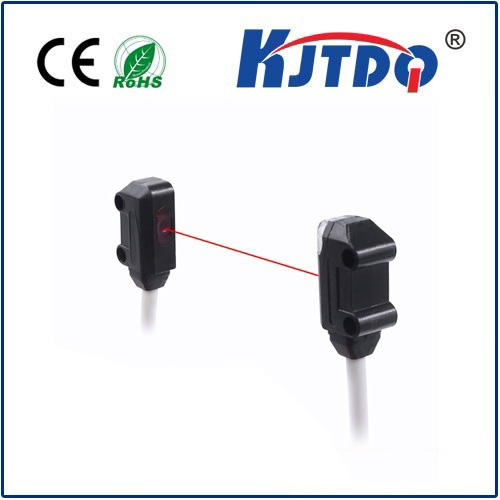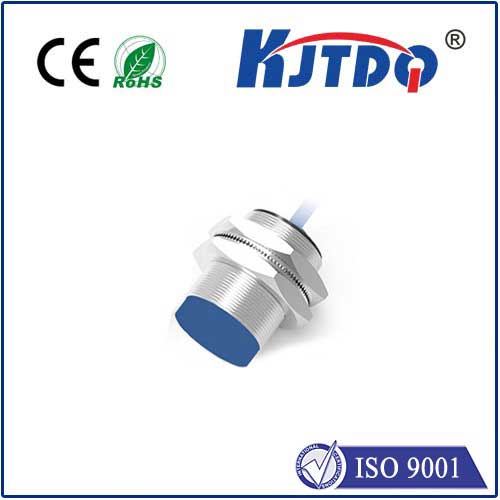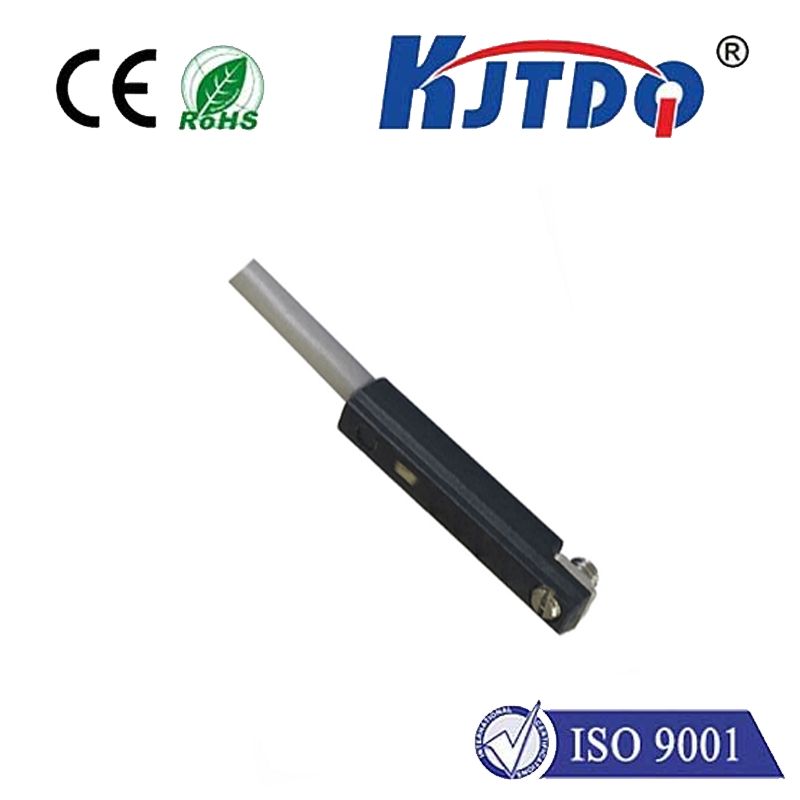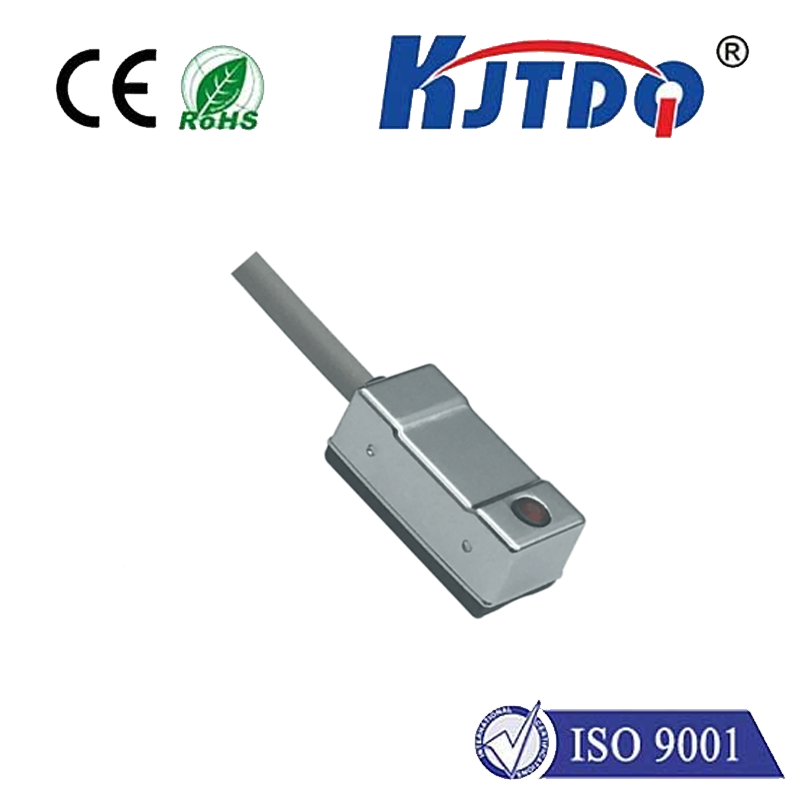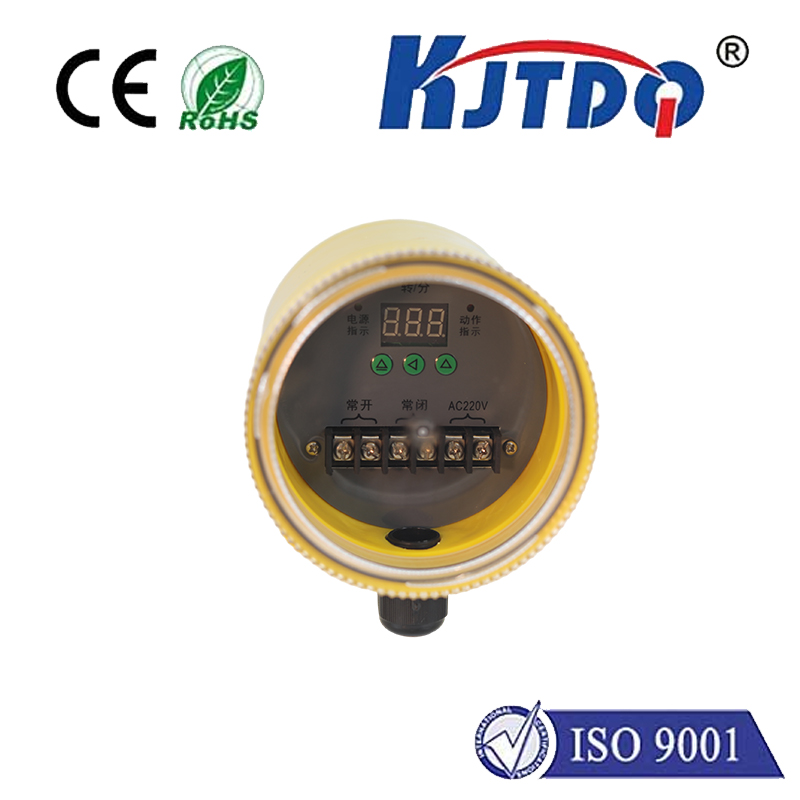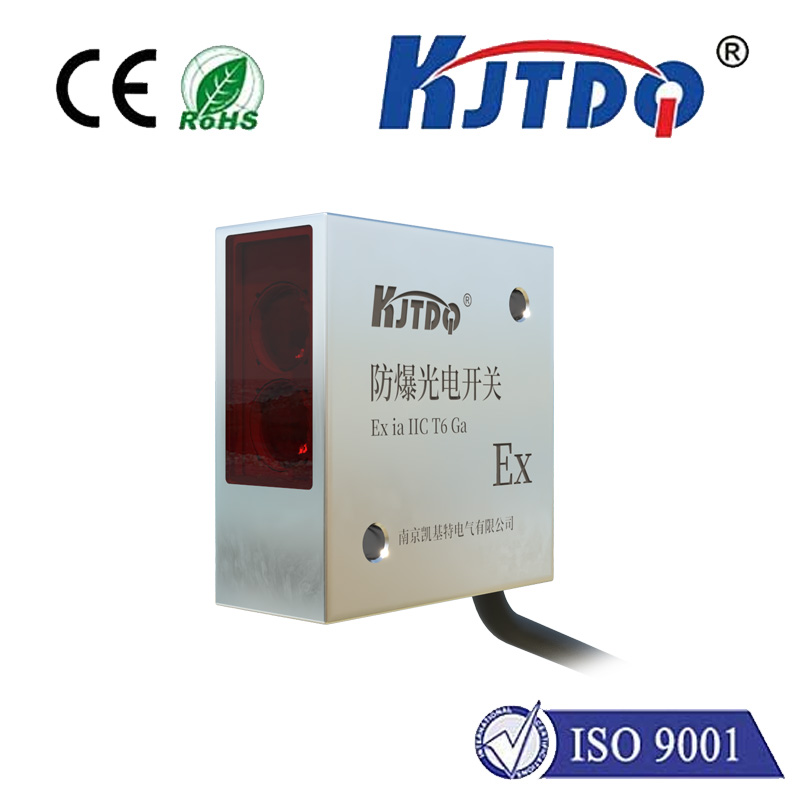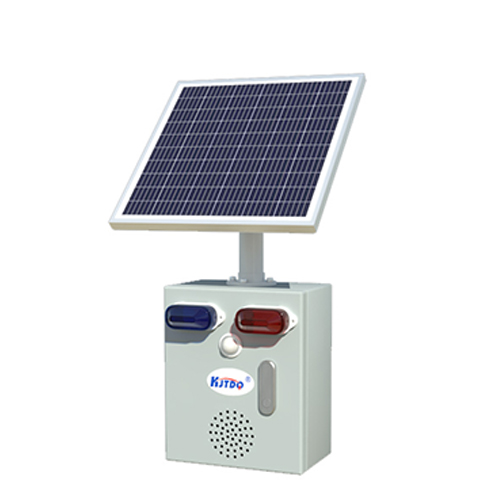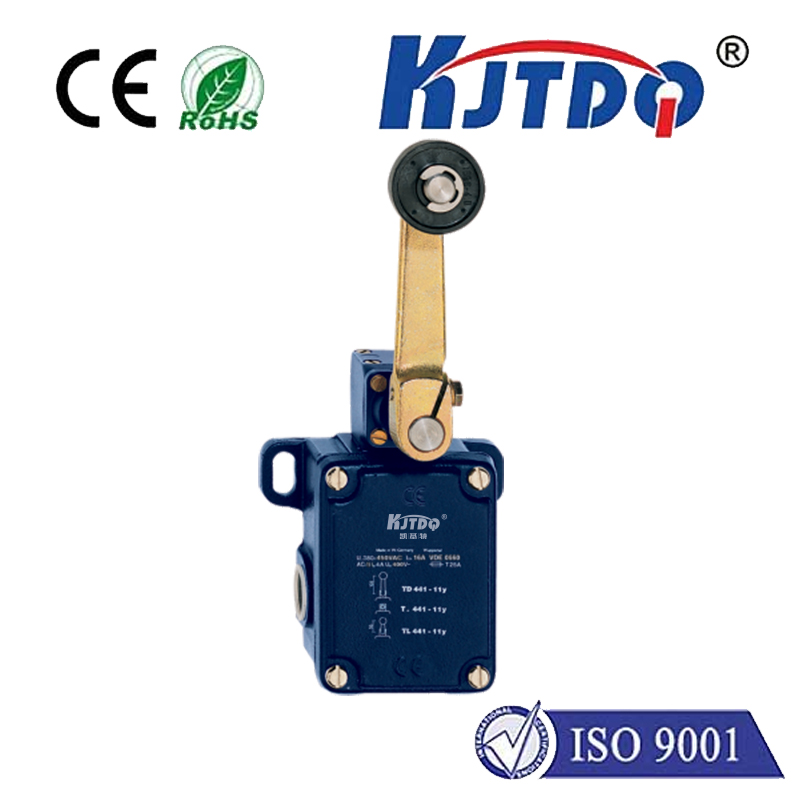

check

check

check

check
Optimizing Performance with PR-F51N3 Photoelectric Sensor: A Comprehensive Guide
The PR-F51N3 photoelectric sensor is a high-performance component designed for reliable and efficient detection in various industrial and commercial applications. This sensor is widely used in automation, robotics, and control systems due to its ability to detect objects through light beams. Understanding how to optimize its performance is crucial for maximizing its benefits and ensuring consistent operation.
In today’s fast-paced manufacturing environments, the integration of smart sensors like the PR-F51N3 is essential for improving productivity and reducing errors. The sensor operates by emitting a light beam and detecting the presence or absence of an object in the beam’s path. When an object is detected, the sensor sends a signal to the control system, allowing for real-time adjustments to processes. This feature makes the PR-F51N3 a key element in automated systems that require precision and speed.

One of the most important aspects of the PR-F51N3 is its versatility. It can be used in both infrared and visible light detection modes, making it suitable for a wide range of applications. Whether it’s detecting moving parts in a factory line or identifying objects in a warehouse, the sensor adapts to different environments. Its ability to work in various conditions without compromising accuracy is a significant advantage.
The sensor’s design also contributes to its reliability. The PR-F51N3 is built with high-quality components, ensuring long-term stability and minimal maintenance. This is particularly important in industrial settings where downtime can be costly. By choosing a sensor that is both durable and efficient, businesses can reduce operational costs and improve overall performance.
In addition to its technical specifications, the PR-F51N3 offers several advantages in terms of integration. Modern control systems can easily communicate with the sensor, allowing for seamless data exchange. This compatibility makes it easy to integrate into existing infrastructures, reducing the need for extensive modifications.
For users looking to optimize the performance of their PR-F51N3 sensor, there are several factors to consider. Proper installation is critical to ensure the sensor functions correctly. Factors such as the distance between the sensor and the object, ambient light conditions, and the quality of the light source all play a role in the sensor’s performance. Regular maintenance and calibration are also recommended to ensure the sensor remains accurate over time.
In conclusion, the PR-F51N3 photoelectric sensor is a valuable tool in modern automation systems. Its ability to detect objects with high precision, adapt to various environments, and integrate seamlessly into existing systems makes it an ideal choice for industrial and commercial applications. By understanding its capabilities and optimizing its use, users can achieve greater efficiency and reliability in their operations.
